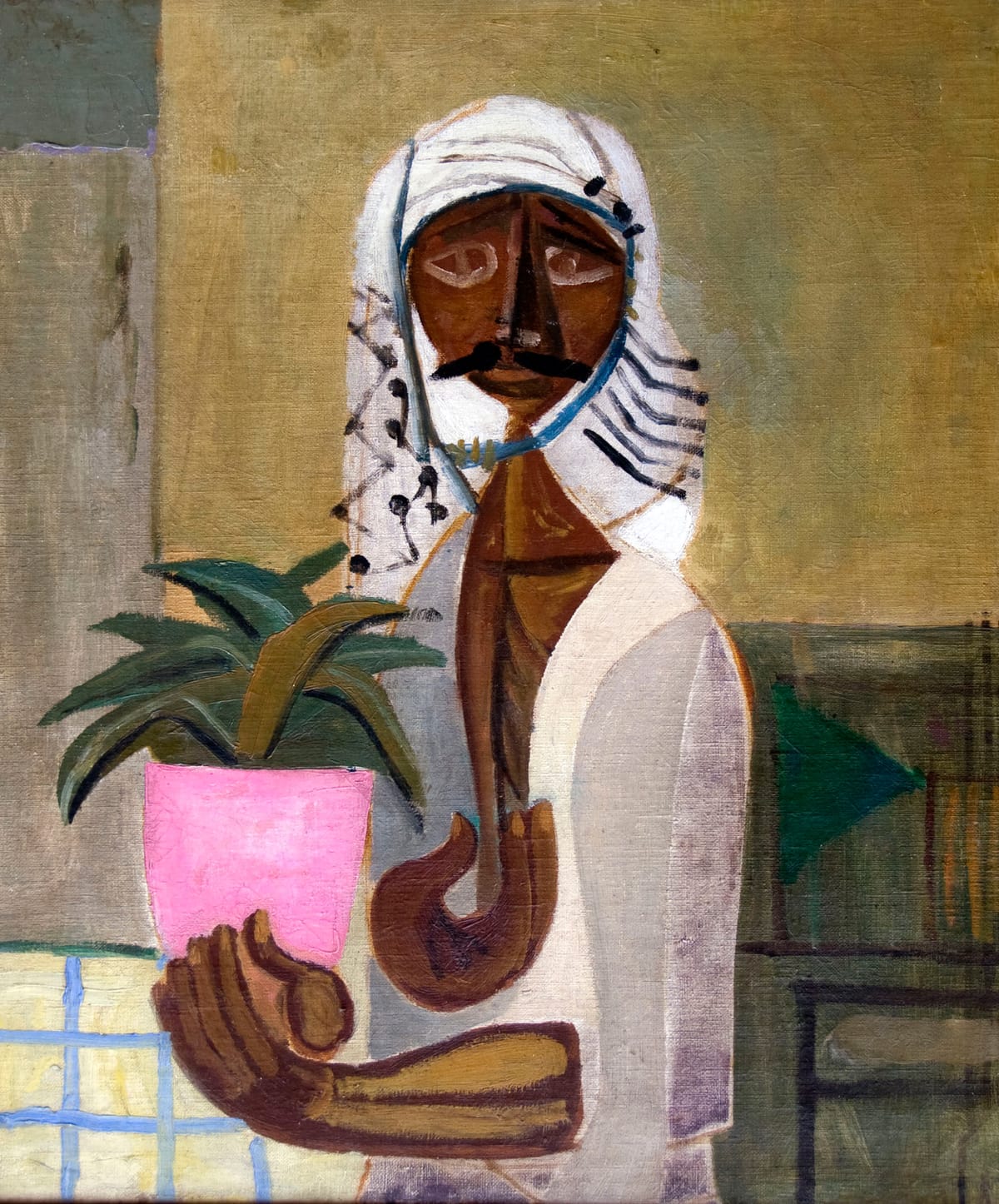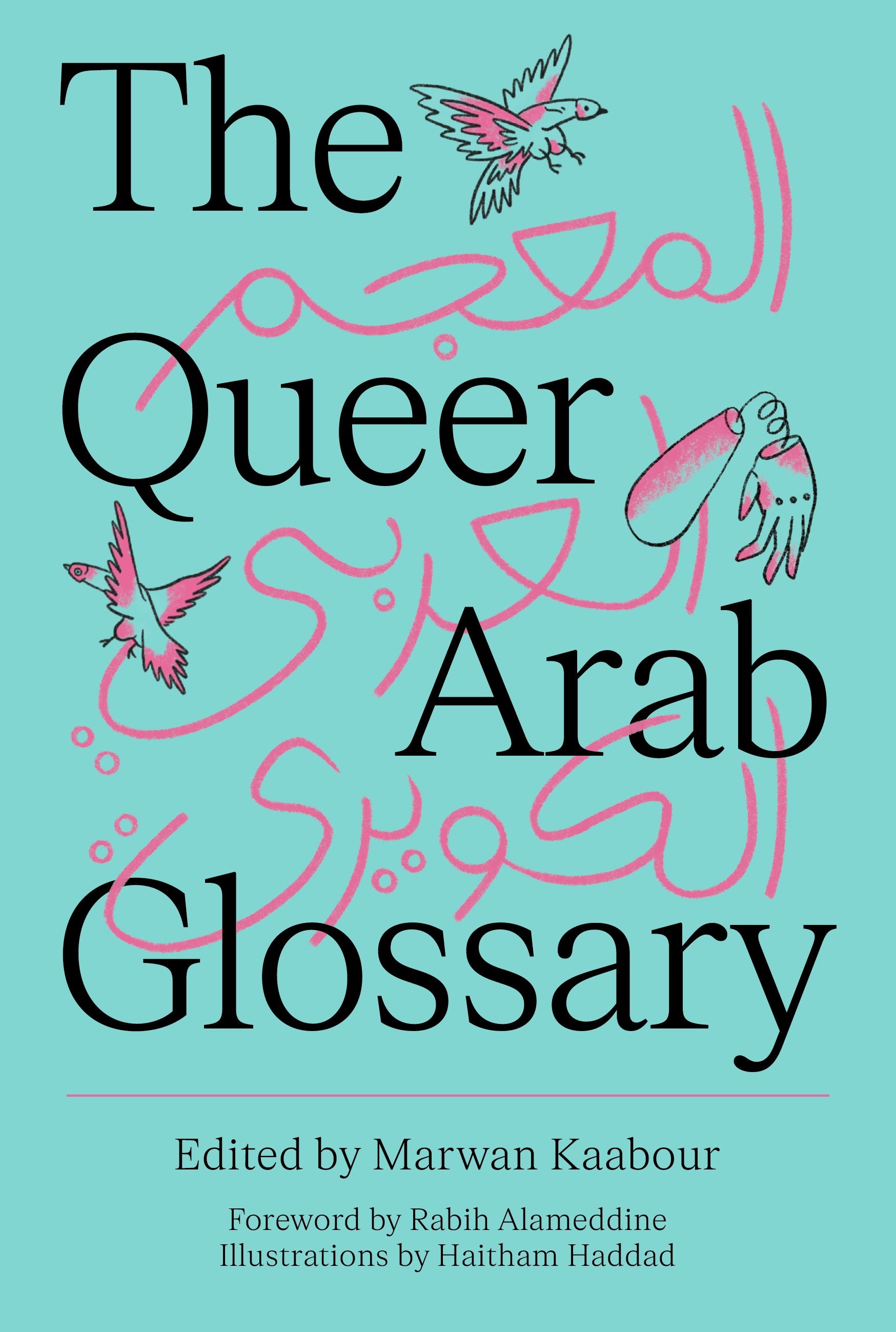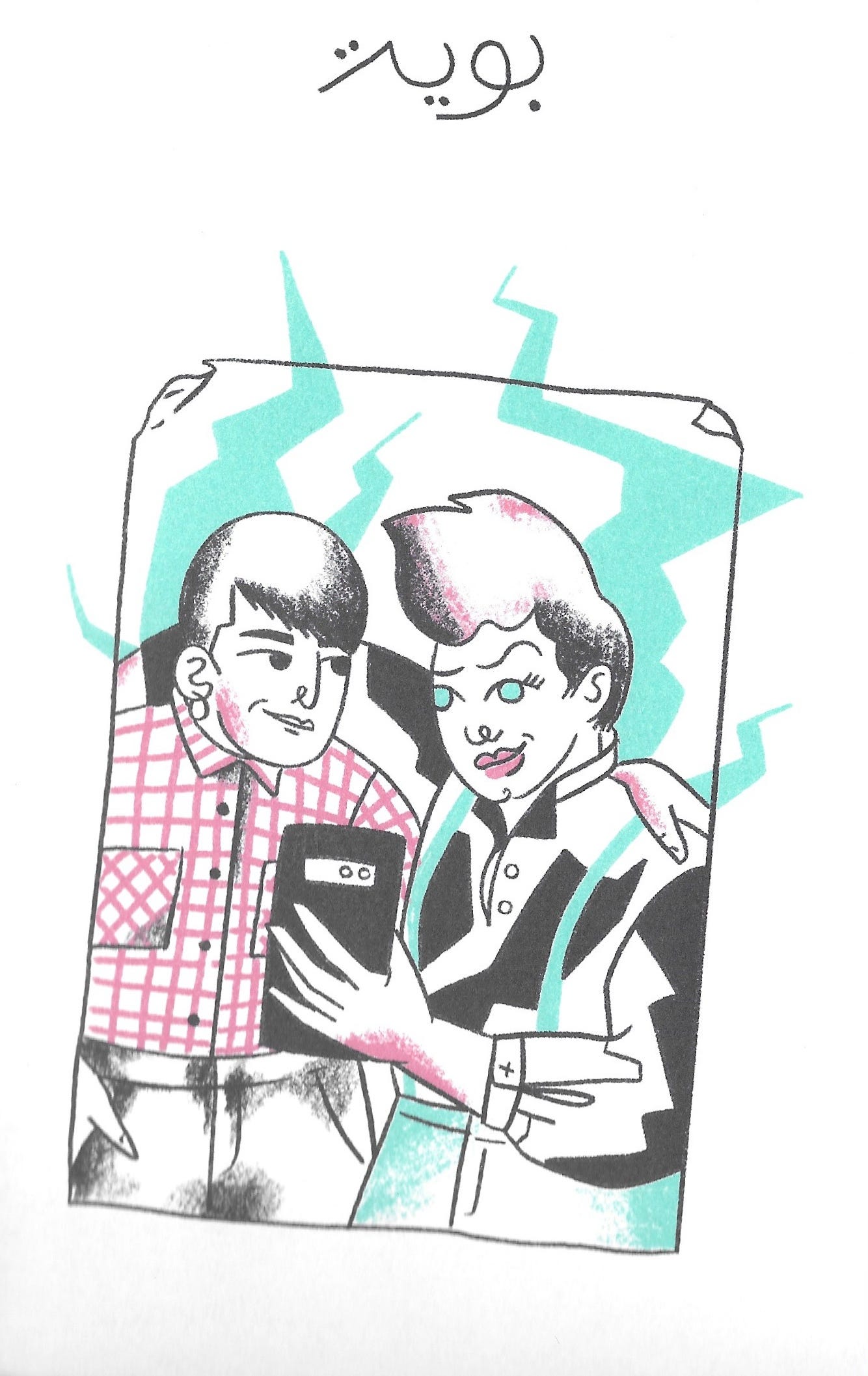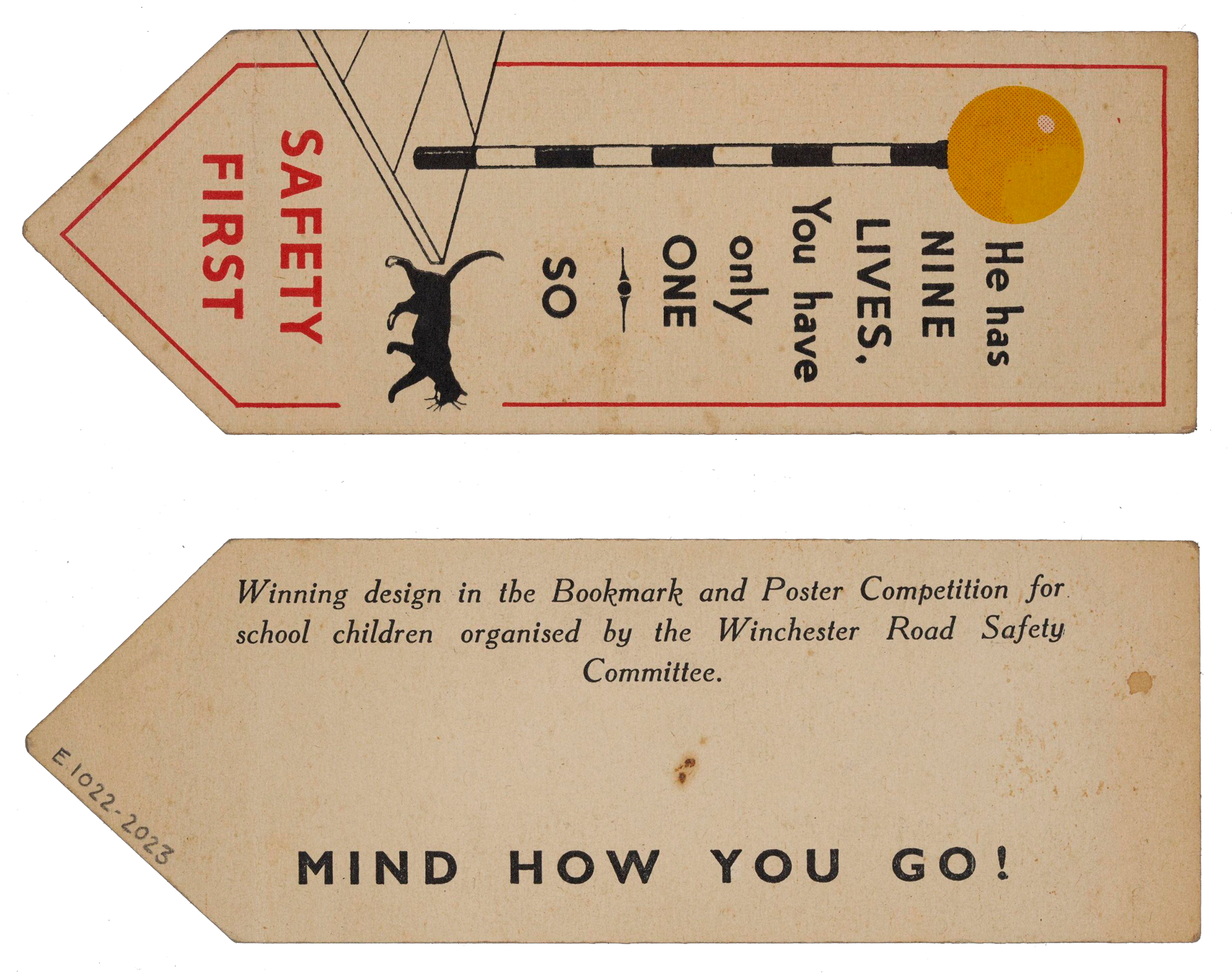Fall project 📑 🍂
№ 16 • a curious bug and a mighty glossary

I am finalizing edits on this post as I follow the news — one year since the start of the genocide in Gaza, and we are witnessing the same tactics repeated in Lebanon. Beirut is one of the few cities that has made me feel like I belong, where I did not need to do gymnastics to fit in. My connection to Beirut extends beyond the relations I have built there; it’s spiritual in a way I cannot explain. My wish for you during this gloomy time is to find glimmers of hope in the books you're reading and in assembling your community.
In this post, I will continue the thread of following the academic calendar as a framework for 🗒️ learning and unlearning. Are you working on a project with a specific theme this fall? Are you learning + researching certain topics? Below, I share two books showcasing the impactful power of language - in its absence and presence. Are we reading if the book does not contain a single readable word? How can speculative writing help in imagining a future beyond the shackles of a supremacist colonial presence? Read on 🐛
✿ Follow the bug 🦟

Dörren
JiHyeon Lee
Mirando Bok, 2020
ISBN 978-91-985470-1-6
A picturebook of graphite illustrations and one fire-red bug that guides us to its own wild world. The bug buzzes about on every spread - staying the same tiny size. It guides a kid toward a colorful world, where they do not understand the customs or language. The kid's confusion and weariness subsides once they notice their hunger! It led to the acceptance of the invitation to a picnic-wedding. The kid leaves without locking the door, making the colorful world accessible to discover. This picturebook is categorized as wordless (also called silent), but we read the gibberish text as a dialogue between characters. I find this instance to be evidence of why I am against calling this type of picturebook a wordless or silent book. We do not know what anyone is saying, but we hear their conversations, we hear their joy through claps and cheers. You may even find yourself grunting and mumbling the dialogue. The term wordless/ silent is an unfortunate downgrade of the potential of such complex narrative building. It takes great skill to convey emotions with no legible words, using only pencil strokes and color.
PROMPT
- Design the character of a brightly colored bug.
- Illustrate a spread of food with unexpected colors and patterns taking inspiration from the picnic-wedding. Peas with white polka dots, anyone?
- On some spreads, we see scenes peppered with open doors, showing that everyone comes from a different place. If you could step into this colorful world, what would your door give us a glimpse of? What parts of your world would we see? Draw it as a self-portrait.
رف الكتب 📖 recent favorites
The Queer Arab Glossary
Marwan Kaabour
with a foreword by Rabih Alameddine1 and illustrations by Haitham Haddad2
Saqi Books, 2024
ISBN 9780863560927

🏷️ If there's a new book I'd like to read, I usually submit a book purchase suggestion form at libraries. Once a book is approved for purchase, I automatically get it reserved - meaning I am the first to borrow it once it arrives at the library. In some way, I am sharing my reading list with patrons. I have been looking forward to reading Marwan Kaabour's 1st book. I did not have any expectations as my only association was Takweer. In short, I loved it ♡ and I bought my own copy. The introduction alone places the significance of this project in perspective and its relevance to the current state of our world. Kaabour writes "Language and vocabulary do not acknowledge political borders, but rather travel freely and bleed across, visa-free."3 The glossary section is bilingual and includes many witty spot illustrations. The book also contains eight essays4 reflecting on, questioning, and painting potential futures based on the glossary. The writing styles, voices, and backgrounds are varied I am sure you'll find a favorite among the 8 essays. I am excited about the ripple effect this softcover glossary will have on queer arab circles.

Adam HajYahya's essay Are You a Pan-Arab Nationalist or Just a Man Who Sleeps With Men? walks us through the historical narrative that has congealed into the Zionist project's pinkwashing efforts. "... we shall reconsider the trickeries of language, conceptions and words and their capabilities to shatter and built entire worlds and maybe consider abandoning them for forms of living that refuse to be defined or captured by colonial regimes of legibility altogether." 5 The essay skillfully explains the timeline of events and the subsequent policies that materialized.
For an asylum/ refugee perspective and understanding the multilayers of being Arab, Queer, and Trans, Nisrine Chaer's essay Terteeb, Bahdaleh, Tha'afeh and Crisscossing Transness presents a lens into the aerobics done to present ourselves to the West, to be believed, and to get any support. On Mama Jamila - a trans refugee, Chaer writes "She thereby enters a new politics of identification, and codes of civility and respectability that would grant her access to models of political legitimacy."6 It gives a view rarely considered within asylum granting institutions and the violence it perpetuates.
Living in the Ellipses by Mejdulene Bernard Shomali is a contemplative and intimate essay that centers on Fairuz's song Al Bostah
— a song described by Shomali as "electric in part for the possibility it blooms between women."7 I have underlined many parts of this essay, particularly the reflections on the incompleteness of language.
There is so much to unpack with each essay — I am considering organizing a virtual book club meeting to discuss each. Would you be interested? Let me know below.
Bokmärke 🔖 notable + on my radar

✍️ Notes on Craft: Writing in the Hour of Genocide
This is an important essay to read if you write, speak, or create, especially in English. If there is one more thing you can read today, let it be this article.
Palestine demands that all of us, as writers and artists, consider ourselves in principled solidarity with the long cultural Intifada that is built alongside and in collaboration with the material Intifada. We are writing amidst its long middle; the page is a weapon. — Fargo Tbakhi
🎤 20th Century Artistic Movements: Egypt and Iraq Pre-1960s

I’ve stayed up late to join an online talk by Mai Eldib organized by New York Studio School. You can watch a replay here ▷
until next time 🕊️
When trouble strikes, head to the library. L. Snicket
Author of I, The Divine: A Novel in First Chapters. 🌟🌟🌟🌟🌟 If you plan to read it, tread lightly (TW: rape). ↩
also, brilliant tattoo artist sukhmat 🖊️ ↩
Page 9 | Kaabour, Marwan, et al. The Queer Arab Glossary. Saqi Books, 2024. ↩
(TW: rape) in the last essay: An Effeminate Moroccan by Abdellah Taïa. ↩
Page 117 | HajYahya, Adam. “Are You a Pan-Arab Nationalist or Just a Man Who Sleeps With Men?” The Queer Arab Glossary, Saqi Books, London, 2024, pp. 110–117. ↩
Page 121 | Chaer, Nisrine. “Terteeb, Bahdaleh, Tha’afeh and Crisscossing Transness.” The Queer Arab Glossary, Saqi Books, London, 2024, pp. 118–125. ↩
Page 142 | Shomali, Mejdulene Bernard. “Living in the Ellipses.” The Queer Arab Glossary, Saqi Books, London, 2024, pp. 140–144. ↩
